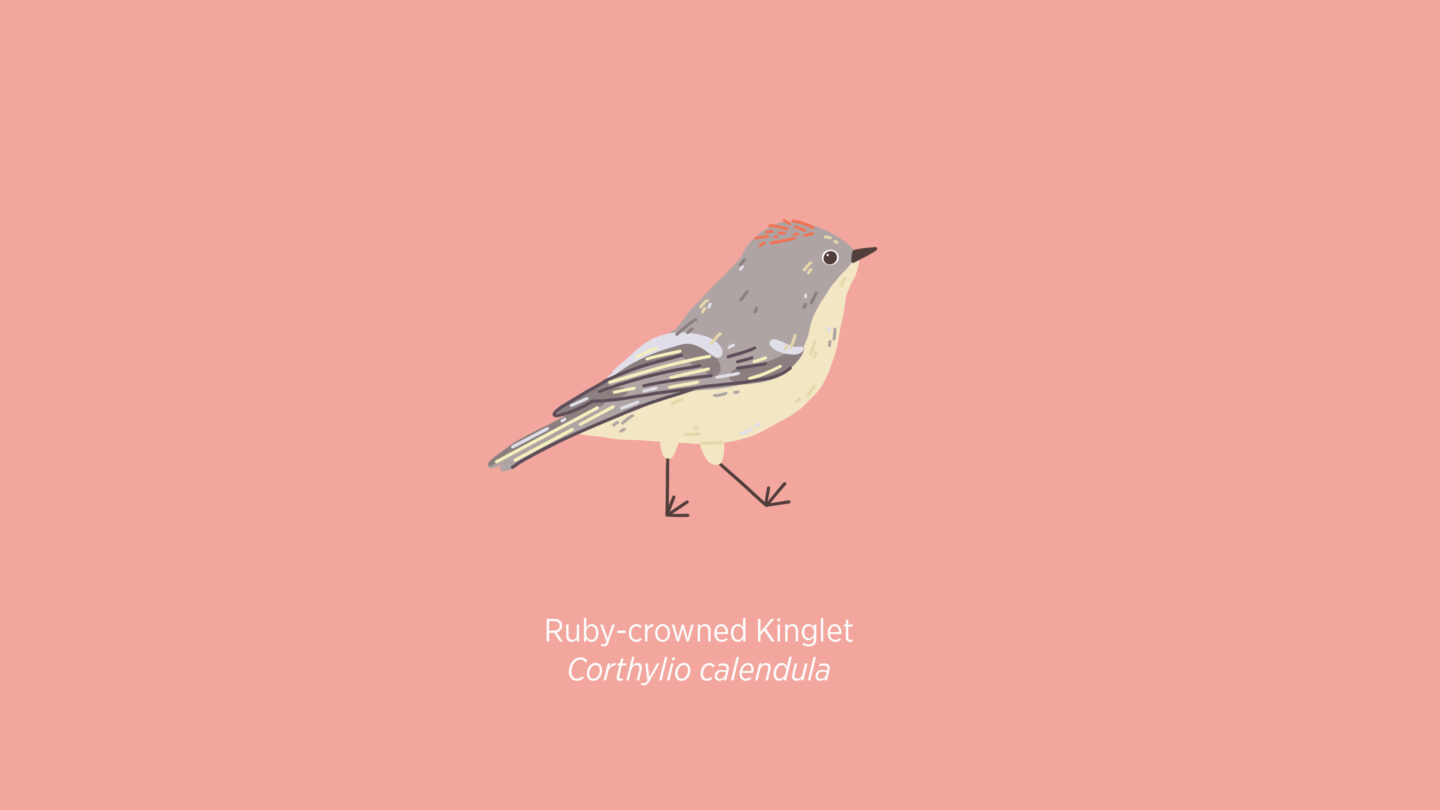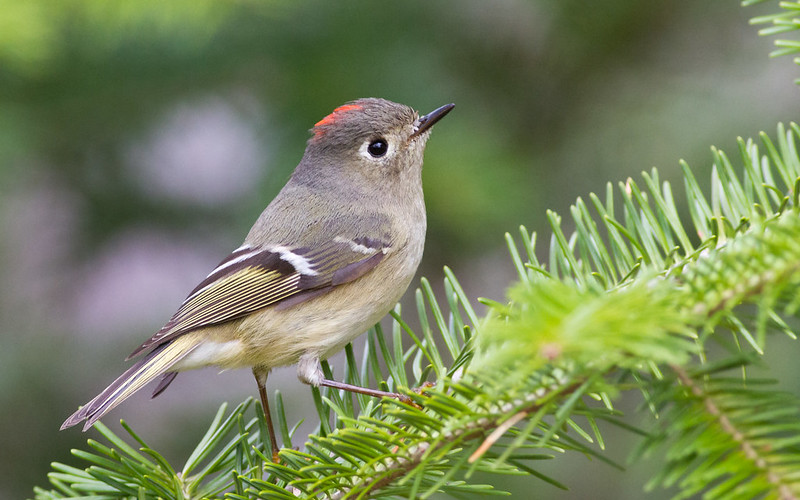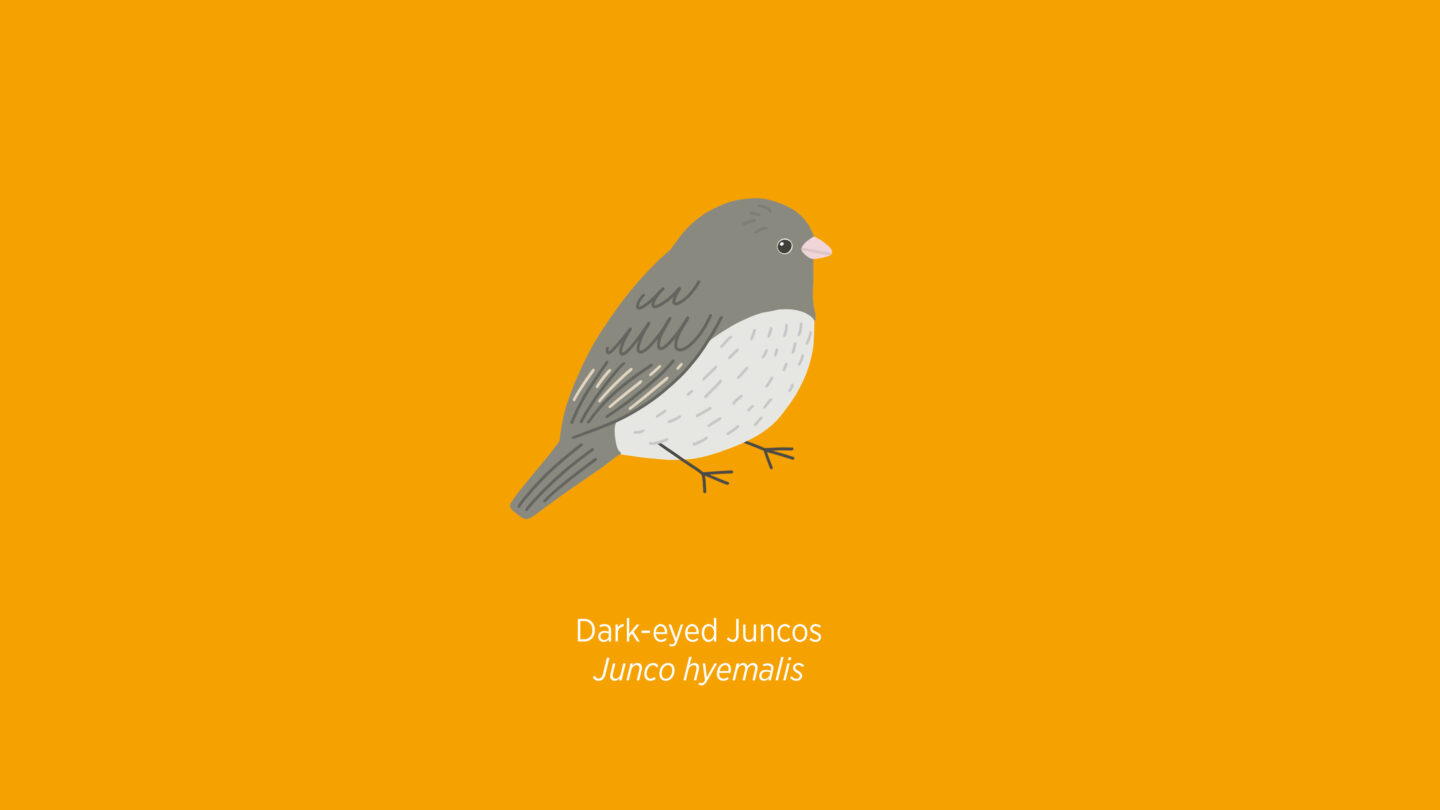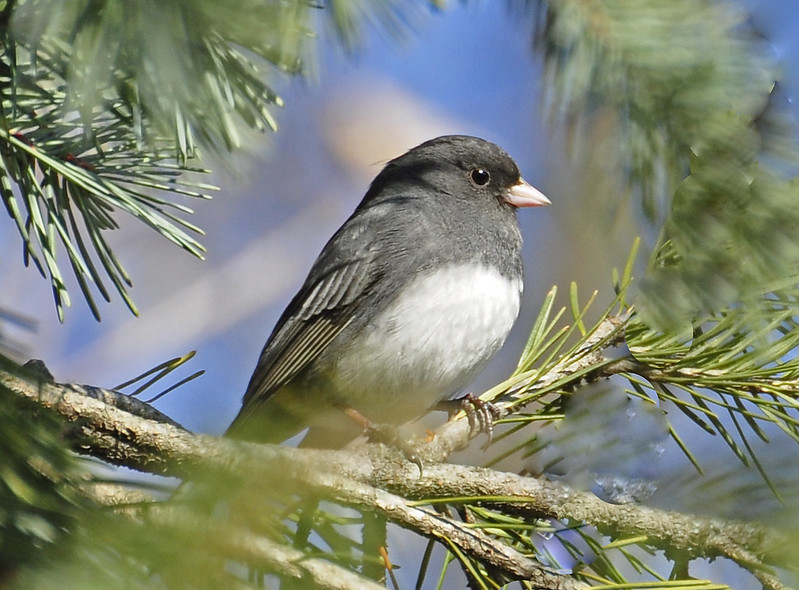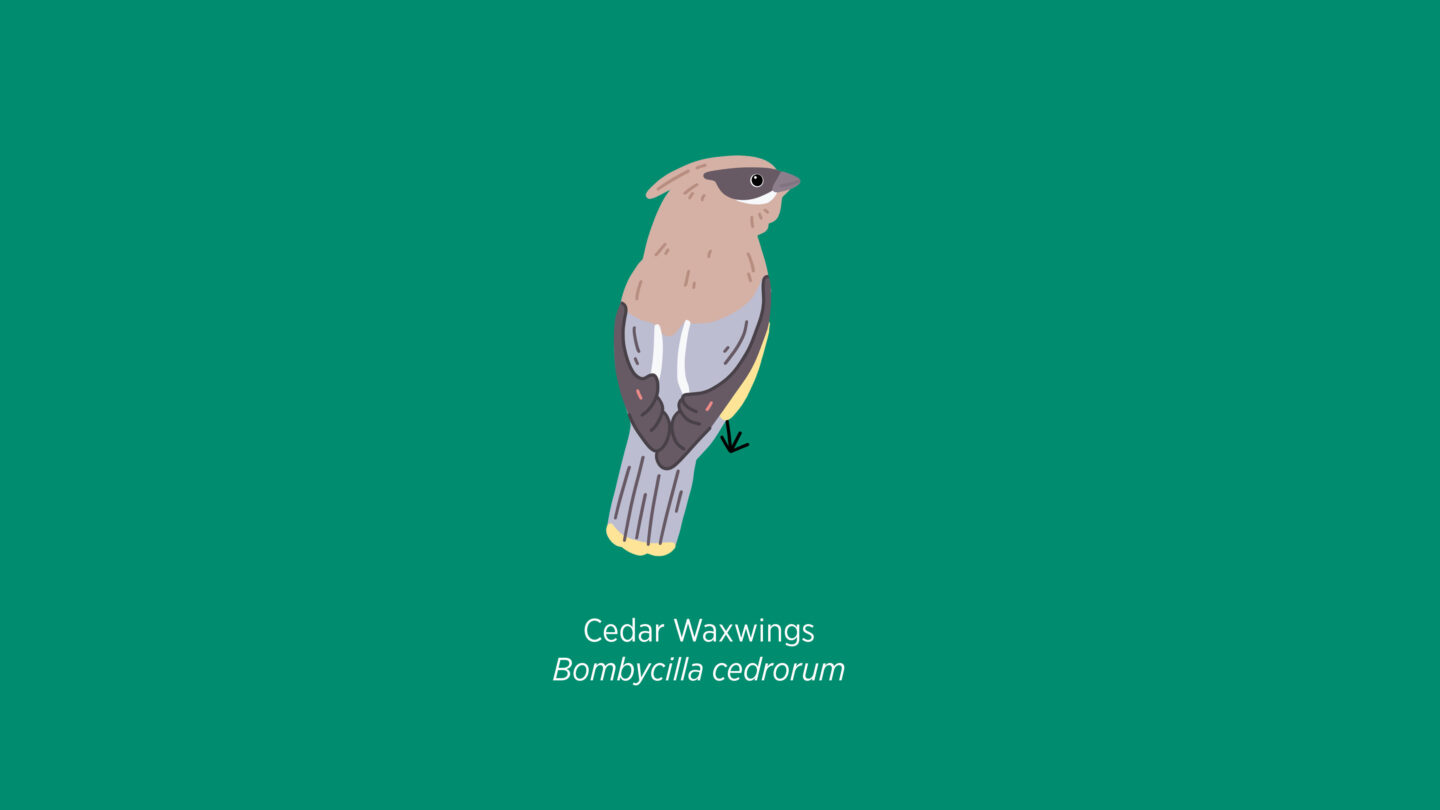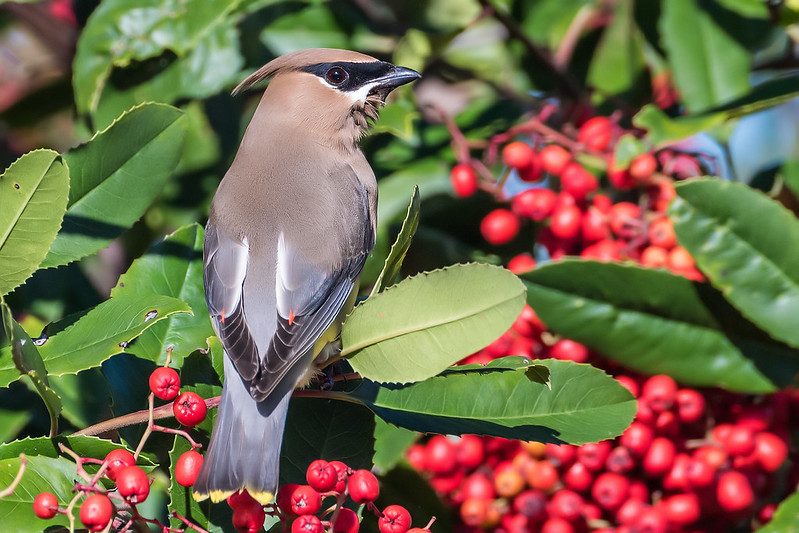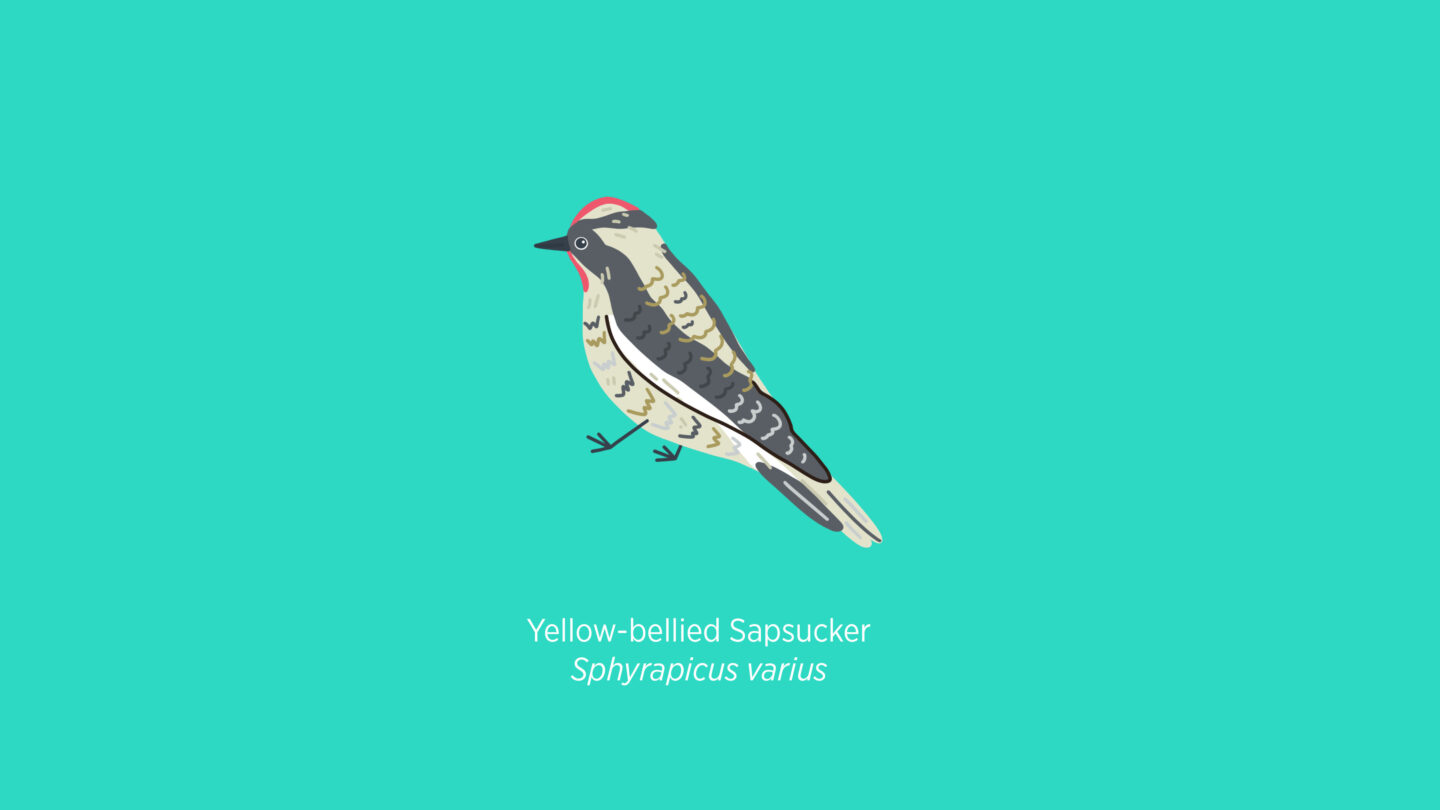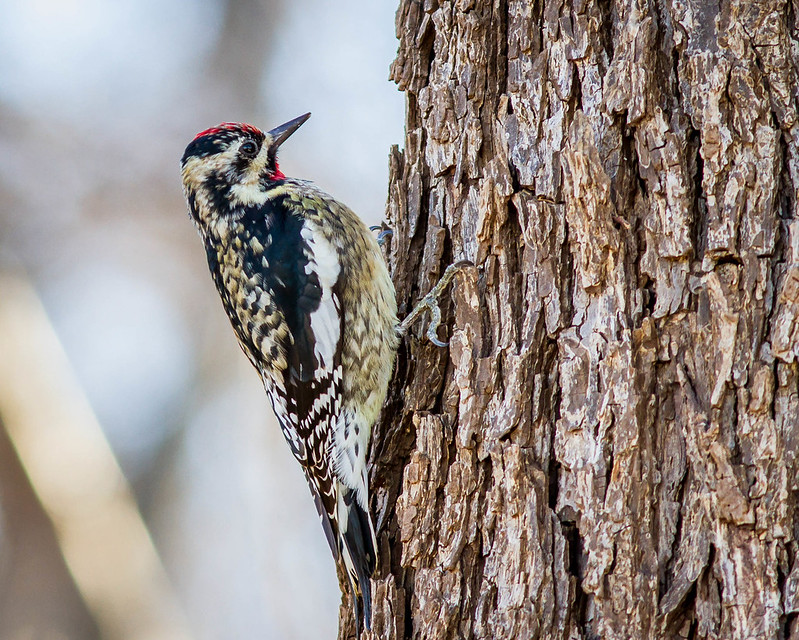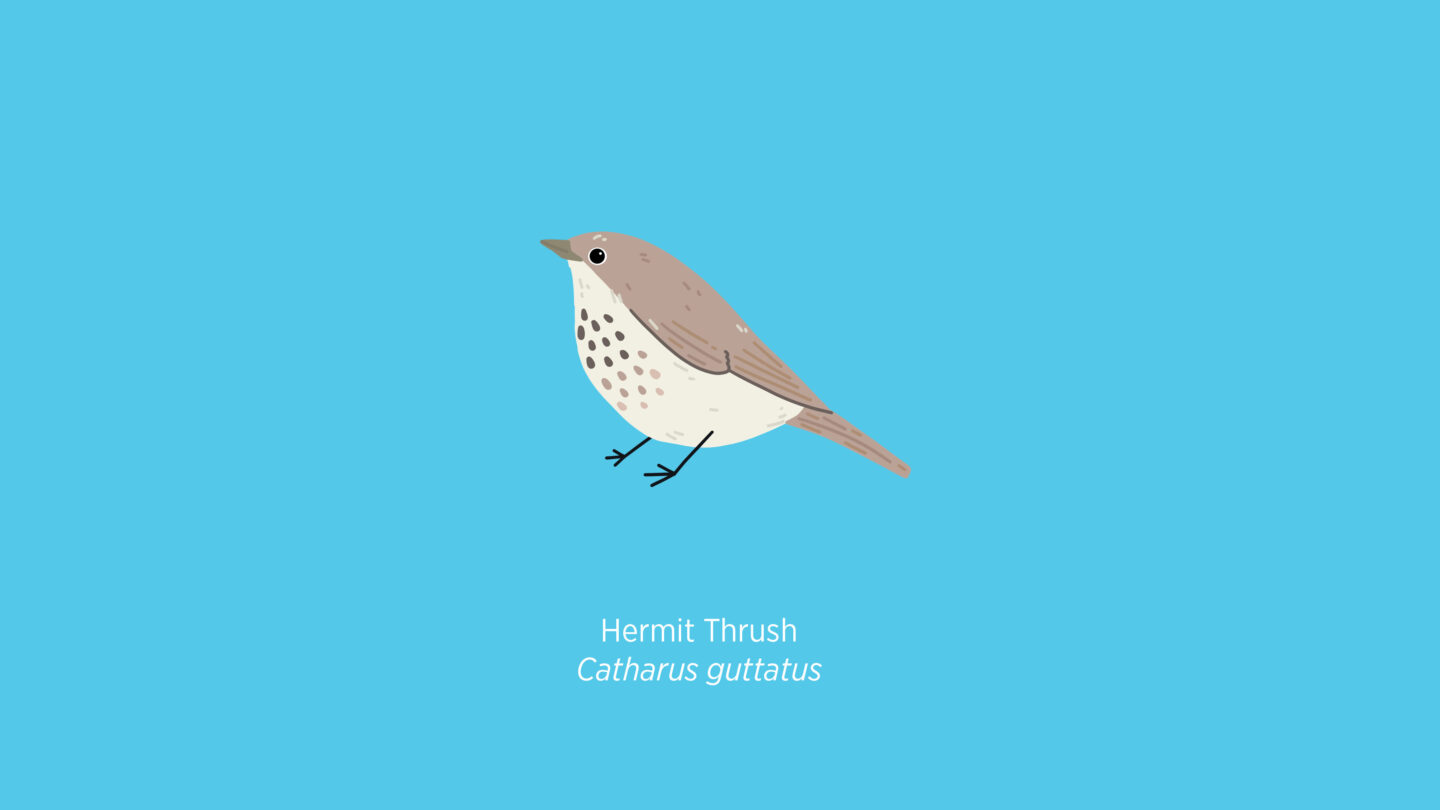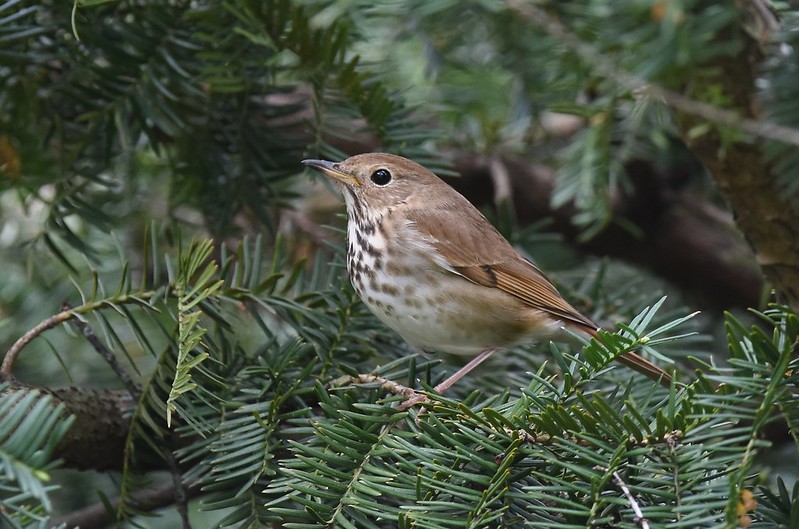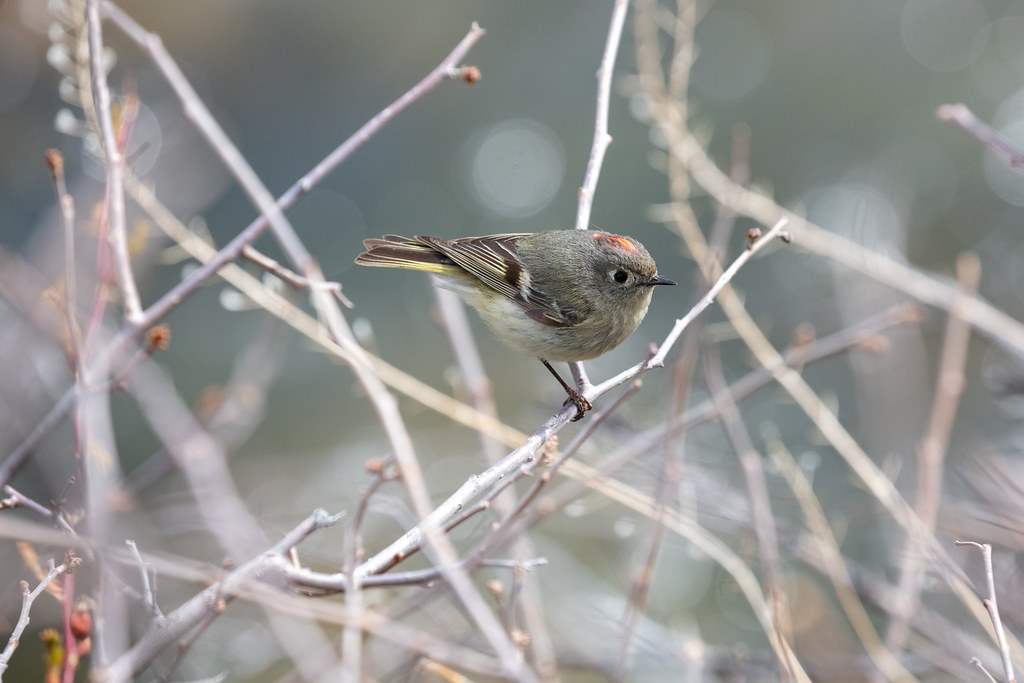
Photo credit: Yellowstone NPS
Many of the bird species that we see during the spring and summer in Georgia leave in the fall to spend their winters in the Caribbean or Central and South America, participating in the great migrations from north to south that punctuate the year across the northern hemisphere. But many species do not travel as far, choosing instead to winter in the relatively mild climate of the American Southeast. In the new year, many of these Georgia winter residents have begun to appear in our Goizueta Gardens.
Ruby-crowned Kinglet & Golden-crowned Kinglet.
Corthylio calendula & Regulus satrapa
These diminutive birds can be seen flitting amongst the branches of low-growing trees and shrubs, hovering and swinging acrobatically from branches as they search for insects among the remaining leaves. These birds are both olive gray in color and can be identified most clearly by the white bands on their wings. As their names imply, both have “crowns” of either gold or ruby red, although these are often hidden from view.
Dark-eyed Juncos.
Junco hyemalis
Dark-eyed Juncos are small, slate colored bids with white bellies. They often move about in small flocks in winter, looking for food on the ground and in low, shrubby vegetation. Their appearance, along with the Kinglets mentioned above, is a herald of autumn and the winter to come.
Cedar Waxwings.
Bombycilla cedrorum
Cedar Waxwings are striking looking birds, with a crest of feathers on their heads, a dark strip over the eye, and a yellowish-tan body with slate wing tips. Waxwings travel in large flocks in winter, scouring urban landscapes for berry producing trees and shrubs. As their name suggests, they are particularly fond of red cedar (Juniperus virginiana) berries.
Yellow-bellied Sapsucker.
Sphyrapicus varius
Yellow-bellied Sapsuckers are a species of woodpecker and look very similar to two of Georgia’s year-round woodpecker species, the downy and hairy woodpeckers. The primary distinguishing characteristics of Sapsuckers are their size, slightly larger than the downy and hairy, and the bright red patches on the tops of their heads and under their chins. Sapsuckers earn their name by pecking holes in trees, inducing the tree to produce sap which traps insects that the sapsuckers then feed on. Sapsucker holes are probably familiar to most people; they make a distinctive straight line of excavated sapwells.
Hermit Thrush.
Catharus guttatus
Hermit Thrushes are small, rusty brown birds with white chests flecked with dark brown. They spend much of their time on the ground, in open spaces within forests such as trails or in clearings. They feed primarily on berries in the winter and can often be seen flying up into shrubs and low trees and back down to the ground.
Although the arrival of migrants in spring is often the most celebrated annual arrival of bird species in Georgia, the resident birds of winter provide their own joy to those who take the time to notice. They are a reminder that even in the darker, shorter days of winter life abounds in the fields and forests of Georgia––including Goizueta Gardens. Did you know we’re a birding hotspot? Our partners at Georgia Audubon have registered us as a wildlife sanctuary, and you can see which birds have been spotted on our campus on ebird. We invite you to birdwatch and explore anytime in Goizueta Gardens—all you need is a general admission ticket to Atlanta History Center.



